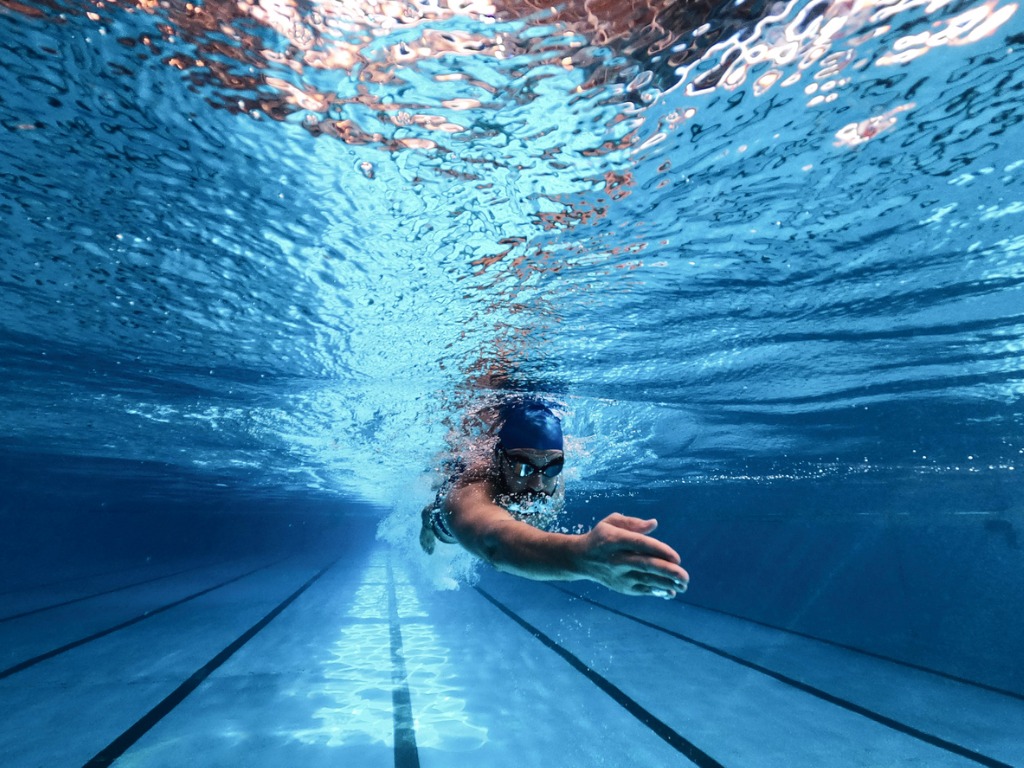Blitz News Digest
Stay updated with the latest trends and insights.
Swim Like a Fish, But Without the Gills
Dive into our ultimate guide to swimming techniques and tips that will have you gliding through water like a pro—gills not required!
5 Essential Tips to Improve Your Swimming Technique
Improving your swimming technique requires dedication and practice. Here are 5 essential tips that can help you enhance your skills in the water:
- Focus on Your Breathing: Proper breathing technique is fundamental in swimming. Ensure you exhale fully underwater and inhale quickly when you turn your head. This helps maintain a smooth rhythm. For detailed breathing techniques, check out Swimming World Magazine.
- Streamline Your Body Position: A streamlined position minimizes drag and allows for faster swimming. Keep your body flat and in a straight line, with your head aligned with your spine. To learn more about body positioning, visit Swim England.
In addition to the above, consider these final tips to further refine your technique:
- Utilize Proper Kick Technique: A strong and steady kick can propel you forward without wasting energy. Ensure your kick comes from the hips and not the knees. For tips on kick techniques, check CoachCert Academy.
- Practice with Drills: Incorporating skill drills into your routine can sharpen your technique. Focus on individual elements like catch or pullovers, and gradually build up to full strokes. Explore drills at USA Swimming.
- Seek Feedback: Don't hesitate to ask for feedback from a coach or experienced swimmer. Constructive criticism can highlight areas for improvement that you may not notice yourself.

How to Overcome Common Swimming Challenges for Beginners
Swimming can be a daunting activity for beginners, but overcoming common swimming challenges is essential for building confidence and skill in the water. One of the first hurdles many new swimmers face isbreath control. A good tip is to practice rhythmic breathing on land. Try inhaling through your mouth, holding your breath for a few seconds, and then exhaling through your nose. This exercise will help you feel more comfortable during your swim sessions. Additionally, Swimming World offers various techniques for mastering this crucial skill.
Another common challenge is the fear of deep water, which can be intimidating for many beginners. To tackle this fear, start by gradually acclimating yourself to deeper water. Try floating or practicing simple strokes in shallow water before slowly moving to deeper sections. Safety is paramount, so always swim with a buddy or in a supervised area. As you gain more experience, consider checking out the tips from Verywell Fit to further boost your confidence and ensure a safe swimming experience.
What Makes Swimming a Full-Body Workout?
Swimming is widely recognized as a full-body workout due to its unique ability to engage multiple muscle groups simultaneously. When you swim, your arms, legs, back, and core muscles are all activated, promoting balanced strength development across the body. For instance, the freestyle stroke primarily works the shoulders and arms, while the flutter kick engages the legs. This comprehensive engagement ensures that no major muscle group is left unworked, making swimming an efficient and effective exercise for overall fitness. According to the Verywell Fit, swimming can target muscle groups more comprehensively than many land-based workouts.
Additionally, swimming provides a low-impact environment, which allows individuals of all fitness levels to exercise without the strain on joints often associated with traditional workouts. The water supports the body, reducing the risk of injury while also enhancing endurance and flexibility. Studies published in the NCBI highlight how swimming can significantly improve cardiovascular health and muscle tone, making it an excellent option for those looking to enhance their physical health while minimizing potential harm to their bodies.